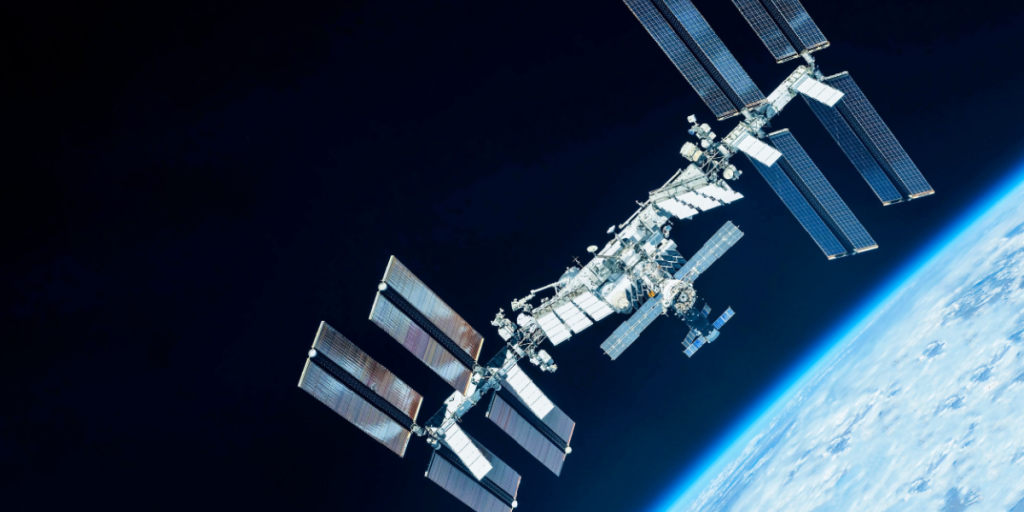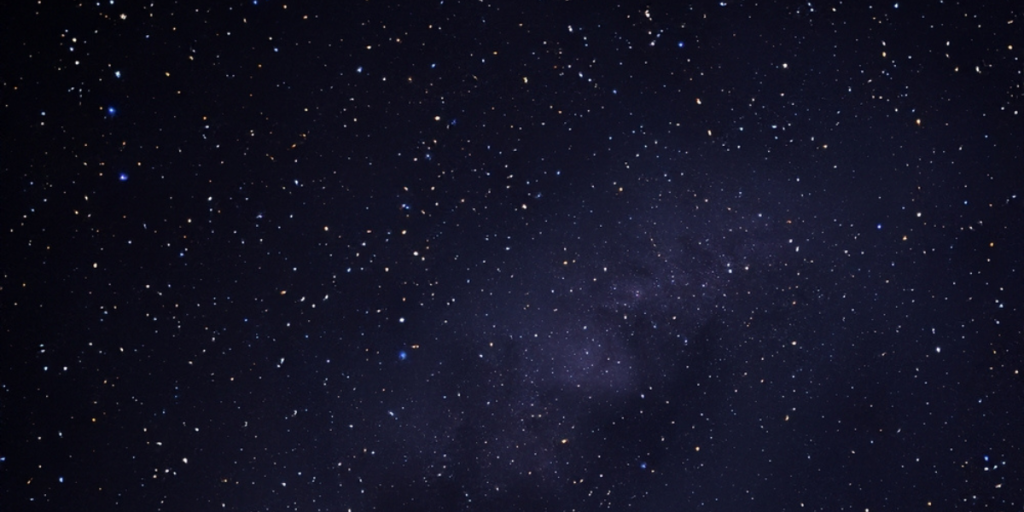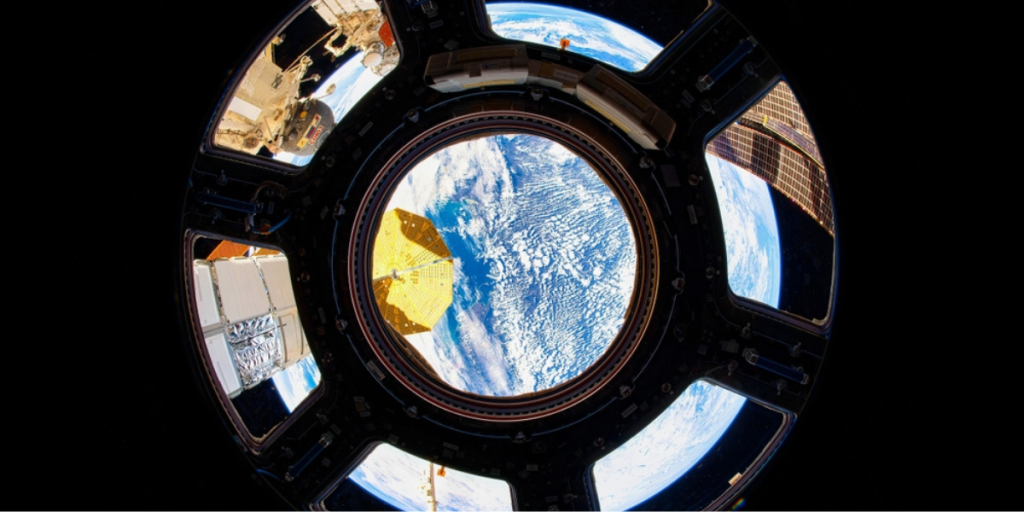Science, safety, and systems: how astronauts keep the ISS running
Others are reading now
Science, safety, and systems: how astronauts keep the ISS running
Behind the scenes of space science: a day aboard the ISS

Life aboard the International Space Station isn’t all floating around in zero gravity—every day, astronauts are hard at work supporting science, engineering, and maintenance in one of the most challenging environments known to humanity.
Keeping the station running smoothly while conducting high-level research is a balancing act that demands precision, teamwork, and constant adaptation.
Moisture control and materials science in microgravity

According to NASA, Flight Engineers Jonny Kim and Kimiya Yui focused on two key projects aboard the ISS.
Kim installed a new technology demo in the Harmony module aimed at testing advanced humidity removal systems—crucial for future Moon and Mars missions where water must be recycled.
Also read
Meanwhile, Yui worked in Japan’s Kibo lab with the Electrostatic Levitation Furnace, a laser-based device that allows scientists to study how materials behave at extreme temperatures, free from the effects of Earth’s gravity.
Fluid physics and deep space heating systems

NASA Flight Engineer Mike Fincke spent his day installing the Heat Transfer Host 2, a sophisticated piece of research hardware inside the European Columbus module. This equipment will explore two-phase heat transfer—how gases condense into liquids—data that could be vital in developing more efficient thermal systems for long-duration human spaceflight.
The findings may inform designs for spacecraft that can better regulate temperature during missions far from Earth.
Maintaining life support and inspecting station systems

NASA Flight Engineer Zena Cardman handled a full schedule of life support tasks, according to NASA’s update.
She began by transferring fluids in the Destiny module, then moved on to inspect airflow and ventilation across the station’s U.S. modules with assistance from Kim.
Also read
Cardman also checked for corrosion in cables and insulation and managed sample cassettes for a pharmaceutical experiment—exploring how medicines might one day be manufactured in space.
Russian crew tackles power, oxygen, and medical studies

The Roscosmos team also carried out essential maintenance. Commander Sergey Ryzhikov replaced power systems in the Zarya module and completed a treadmill-based fitness test in Zvezda.
Flight Engineer Alexey Zubritsky serviced the Elektron oxygen generator and conducted a thorough inspection of Russian segment modules.
Oleg Platonov investigated microcirculatory blood flow in the limbs using cuffs and electrodes—part of ongoing research into how the body adapts to life in orbit.
Teamwork in orbit keeps space exploration moving forward

Every day aboard the ISS is a reminder of the collaboration and discipline that spaceflight requires. From maintaining life support systems to unlocking scientific insights that can’t be found on Earth, astronauts play a crucial role in preparing humanity for deeper space missions.
Also read
These efforts not only benefit future lunar and Martian explorers but also contribute to advances that impact life back home.


